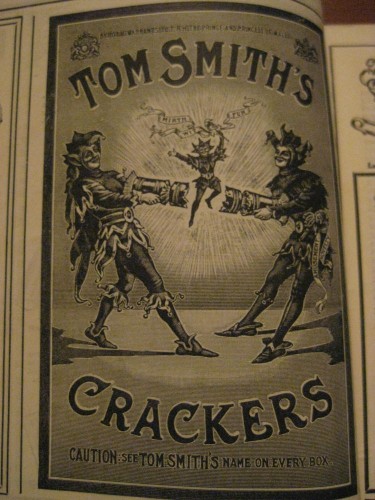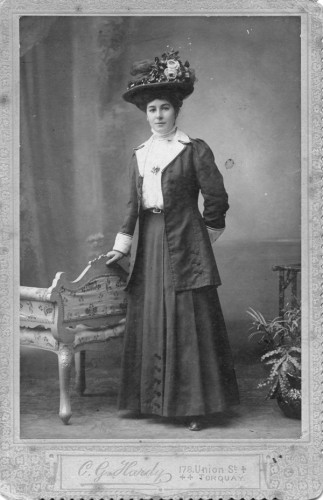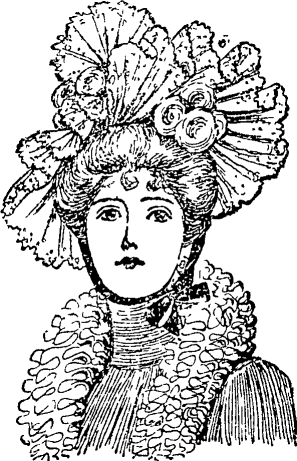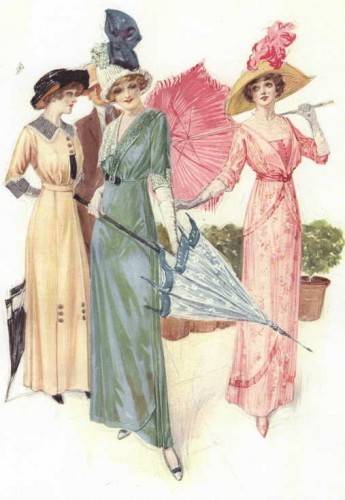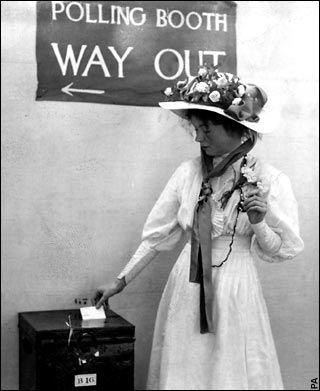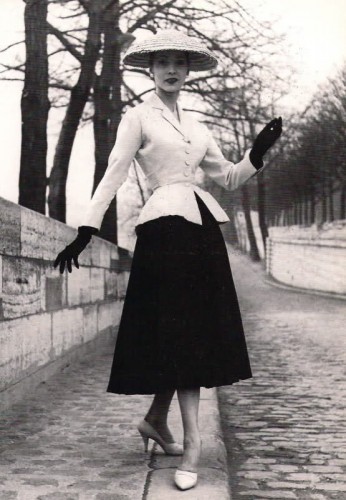Latest Posts
A pair of picture hats
Yesterday’s post on the history of picture hats reminded Lynne of two of her family photographs, and she has kindly let me show them to you.
Here are Lynne’s Great Aunt Alice and Alice’s sister, her Grandmother Florence. Florence immigrated to NZ before WWI as a children’s nursemaid.
Based on advertisements I have seen, and numerous examples of women who came to NZ via this route, there was considerable demand for domestic help, and nursemaids and governesses in particular, in pre-WWI NZ. It was an easy way for women without a lot of means to have their passage paid, but most quickly married or moved on to other positions once they arrived. Early 20th century NZ society was much more democratic than its British counterpart, and the strict class system that characterised Britain did not hold here.
But that’s an aside. Today we are focusing on Alice and Florence. I already love this pictures, first because they symbolise the sharing and knowledge that the blog world has fostered, and second, because of the similarities and differences of the two sisters. They remind me of me and my sisters: how we share mannerisms and characteristics, but have our own distinct personalities.
I wonder what Alice and Florence were like?
In the photos Alice seems more outgoing: her picture hat is flamboyant, and her pose, legs apart, torso thrust foward, gaze directed straight at the camera, exudes confidence. In contrast Florence seems reserved: her clothes are beautifully cut but subdued, her picture hat large but practical, and she looks away from the camera. And yet Florence was the one who adventured, who risked it all and came to NZ.
And I guess my sisters and I are. I look braver, more outgoing, than the Naiad, but for all her reserve, she faces the world with more courage.
So thank you Lynne, for sharing a bit of your family with me, and with the rest of us. They are beautiful images, of two beautiful women, in more ways than one.
Terminology: What is a picture hat?
A picture hat is a large, broad-brimmed hat, usually rather elaborately trimmed.
The name is usually said to come from the way the hat frames the face, like a round picture frame, though I’ve also seen it said that it is because they were considered a revival of historical styles, so the wearer looked like a the women in the paintings of Gainsborough or Reynolds. Perhaps the real truth is slightly more prosaic, and it is simply that they were worn by those who affected the picturesque.
Picture hats became popular in the early 1890s, and remained popular until the early 1910s.
The first known use of the term was in 1887, with the term appearing in the fashion notes of NZ newspapers from 1888, and becoming quite common by 1893. Early mentions indicate they were also called ‘garden hats.’

Fashion illustration of a leghorn picture hat trimmed with ostrich plumes and tips with crimson roses wreathed under the brim (top). Northern Advocate , 19 August 1893, Page 3
Picture hats were fantastic for piling on the abundant trimmings of the Edwardian mode, and helped to preserve the complexions of their wearers. Their attributes weren’t quite so much appreciated by theatre goers and those who had to share a small space with those sporting them though.
Apparently picture hats were considered just a little bit extreme and ostentatious, with some fashion columnists calling them ‘awful‘ and turn-of-the-century newspapers advised that the Royal females wore small hats “and never the so-called picture millinery.” It wasn’t until 1924 that Queen Mary ‘provided a sensation‘ by appearing in one.
Despite the royal disapproval they were the hat of early 20th century styles, worn by everyone from the frilliest of society girls to the most militant of women’s rights activists. As we saw a few weeks ago they were popular with Edwardian brides and their bridal parties.
The picture hat only declined in popularity with WWI, when styles became less ornamented, and the untrimmed broad brimmed hats wore with uniforms and tailored suits were not called picture hats.
Perhaps Queen Mary’s adoption of broader headgear helped to make picture hats were popular again at the end of the ’20s, despite the challenge of the small-brimmed cloche. They were described as a revival of historical styles, and remained popular well into the ’30s.
Interestingly, 1920s fashion columns advised that picture hats were best with longer frocks with flared skirts, and small brimmed hats were best with short skirts. I wonder if Queen Mary wore a short skirt with her picture hat? 😉
Despite their origins, and the modern perception of picture hats as frill-laden concoctions, 1930s picture hats were usually quite plain, with just a few trimmings.
The reign of the picture hat ended with WWII, when rationing and austerity measures saw the end of elaborate hats. A few brides wore them, perhaps as a symbol of luxury and escapism in the midsts of the war.
There were some attempts at revivals to counterbalance the wide skirts of the New Look dresses after the war, but the day of the picture hat was over (except for that odd hiccup in the 1970s where all the bridesmaids wore big hats). A few decades later the day of the hat as the prerequisite of the well (or even decently) dressed woman would also be over.

